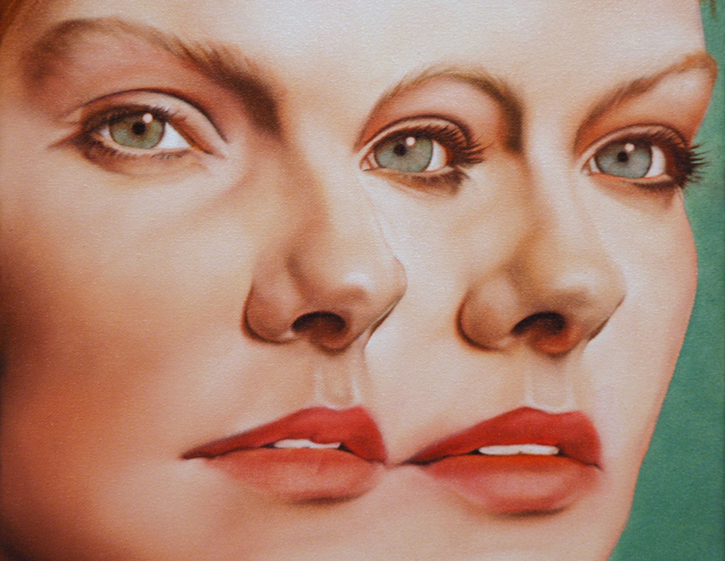

Peter Shmelzer and his art have been called provocative, disturbing and immoral. He’s not bothered.
“I’m not trying to shock anybody,” he says. “I’m not hateful. There’s a lot of things that I’m not. Look again.”
In the era of Pussy Riot and Brett Bailey, the censorship of art is as big of an issue as it was when Gustave Courbet painted “The Origin of the World” in 1866. We are also bound by the contemporary social order, as the art world attempts to navigate the convergence of expression with political correctness. Shmelzer, whose graphic work often deploys nude figures and decapitations, is acutely aware of that negotiation.
“Let’s say you see a decapitated woman [in my work],” he says. “You can see that as my condonement of violence against women, or violence generally. To me, that’s a deliberately obtuse view. You’re being willfully blind to the potential.”

For Shmelzer, it’s a form of cowardice to stop at that initial negative reaction. We find ourselves in an age of images, practically suffocated by them, and it may not be altogether surprising when we have trouble looking again.
Shmelzer, 45, grew up in Ottawa before studying art at Concordia University in Montreal, and then working in Toronto as a scenic artist in the television business. With such opportunities drying up post-9/11, he moved back to Ottawa to work on his art full-time. He now also works for the City of Ottawa in the public art program.
“When I was in high school, there was nothing going on in Ottawa,” he explains. “I think that has definitely changed. People seem to be really working to change the way the city is perceived.”
Moving to new cities, essentially starting over, has certainly impacted his work when it manifests that anxiety and solitude.
“There’s a long period where you’re not part of that community yet, and it can feel very isolating,” he says. “I want to understand the mechanisms by which we feel better when there’s so much potential for unhappiness and depression, and the things that get us through have almost entirely to do with our relationships with other people.”

Indeed, many of his paintings depict decapitated or deformed bodies that nonetheless find themselves fused with other bodies, a physical connection that symbolizes the yearning we feel for connections that feel so real and tangible.
A work-in-progress in his studio, the middle portion of a triptych, displays two female bodies with smiling emojis where their heads should be, while their lower bodies are formed together.
“This is my fear of the future,” he says. “How will we survive, how will we evolve?” Despite their digitized heads, the implication is that we survive with that unshakeable connection. He notes that this is another example of naked, decapitated, deformed bodies. “To attribute that to hate categorically is a nihilistic view. I think to limit what an artist might say for fear of how it might be interpreted is a very dangerous trend.”
Shmelzer says his work has always come unfiltered from an unconscious place, letting it evolve on its own in an organic way, and that’s the way he likes it. It would be limiting for himself as an artist and for his audience if he were to censor what he put on canvas due to that fear of interpretation.
“There are, undeniably, hundreds or thousands of possible interpretations,” he says. “You don’t want to make your mind up too quickly about anything.”
That works as a thesis statement about his work and about censorship, and also about the complexities of human relationships that Shmelzer seems so fascinated by.
“I would hope that people view my work with an open mind and an open heart, because that is certainly the way it was created,” he says. “I think it’s important that we don’t blind ourselves to the possibility of something can be, what a person can be. It’s no good to be afraid.”







